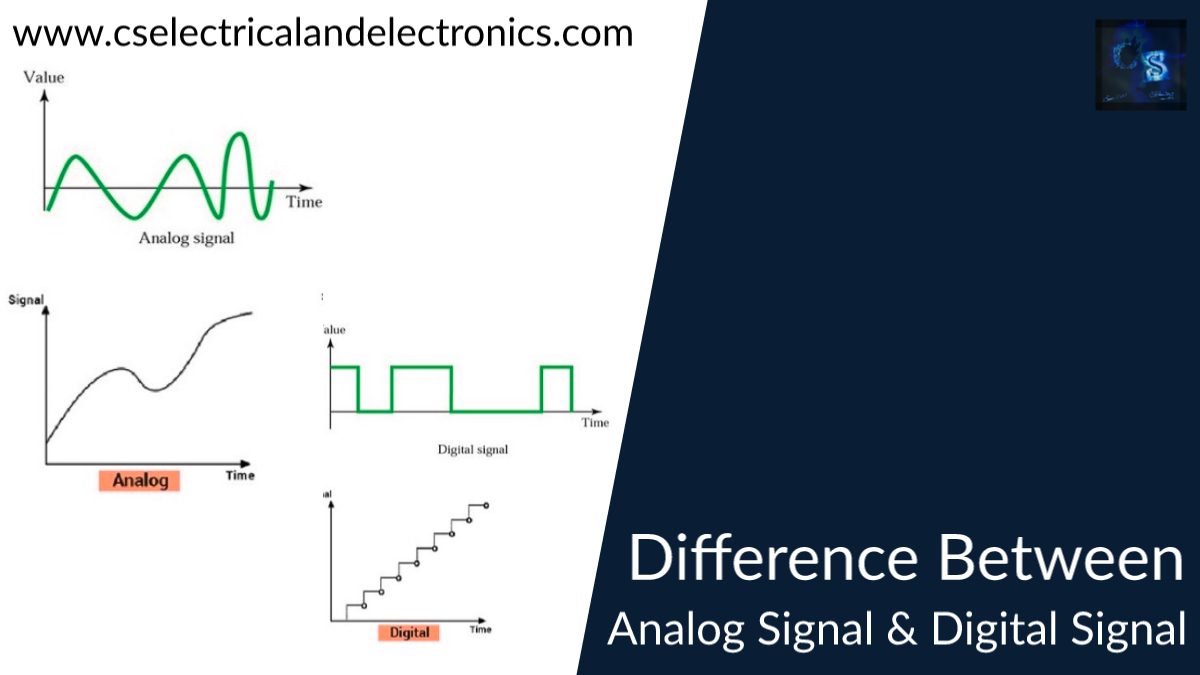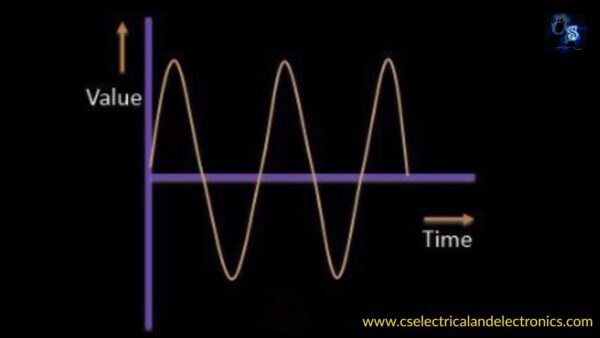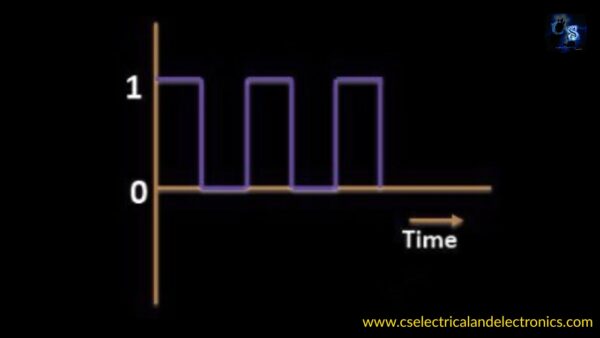Difference Between An Analog Signal And A Digital Signal
Hello guys, welcome back to our blog. In this article, we will discuss the difference between an analog signal and a digital signal, what is an analog signal, what is a digital signal, and diagrams of the analog signal and digital signal.
If you have any electrical, electronics, and computer science doubts, then ask questions. You can also catch me on Instagram – CS Electrical & Electronics.
Also, read:
- Electronic Components Procurement, Top Steps To Follow Procurement
- What Is SPI Protocol, SPI Tutorial With Code, Working, Applications
- Difference Between Dual-core And Quad-core Processors
In earlier days there were only analog communication examples like sound, waves, etc but nowadays we will see both analog signals and digital signals in our life. Some analog signals are natural like wind, waves in water, etc but digital signals are artificial and used for communication between two device or computers. If a person makes a noise that is also a good example of the analog signal.
Analog Signal And Digital Signal
Conveying information by means of action or sound is called a signal. There is a signal in between the communication system that’s why the information is perfectly reached to the destination. Not only in communication systems there are a lot of applications working with the help of signals. In electronics and telecommunications, the electromagnetic wave carries the information. Signals can be classified into many categories, mainly there are two types of signals i.e., analog and digital signals.
Analog Signal
An analog signal is a continuous signal for which the time-varying quantity of the signal represents another time-varying quantity i.e, similar to another time-varying signal. For example, in an analog audio signal, the instantaneous voltage of the signal varies Continuously with the sound pressures.
The term analog signal usually refers to electrical signals and these signals may use other mediums also such as mechanical and hydraulic. In the electrical signal, the current, voltage, and frequency of the signal may be varied to represent the information. Whatever the information like it is in the form of sound, light, temperature, and pressure ( physical phenomena) these are converted to an analog signal by a transducer.
Digital Signal
A digital signal is a discrete signal. Whatever the information that simply converted into bits i.e, binary numbers (0,1). These digital signals don’t create any noise that’s why these type of signals is used in communications because in communication systems we need a clear voice to reach the information perfectly without any noise.
Difference between an analog signal and a digital signal
| Analog Signal | Digital Signal |
| An analog signal is a continuous signal that changes over a time period. | A digital signal is a discrete signal that carries information in binary form. |
| A sine wave represents an analog signal. | A square wave represents a digital signal. |
| Analog signals can be affected by noise during transmission. | Digital signals cannot be affected by the noise during transmission. |
| The accuracy of the analog signal is less because it is affected by noise. | Digital signals are free from noise hence their accuracy is less affected. By this, we say the accuracy of the digital signals more compared to an analog signal. |
| Devices that are using analog signals are less flexible. | Devices that are using digital signals are very flexible. |
| These signals consume less bandwidth. | These signals consume more bandwidth. |
| Analog signals are stored in the form of continuous waveforms. | Digital signals are stored in the form of binary bits(0,1). |
| In analog communication, there is an analog signal. So, the amplitude, frequency, or phase variations in the transmitted signal represents the information. | In digital communication, there is a digital signal. So, the amplitude, width, or position of the transmitted pulses is constant. The information is transmitted in the form of codes. |
| Coding is not possible. | Coding techniques can be used to detect and correct errors. |
| Low cost. | High cost. |
| This type of signal has a low impedance. | This signal has a high order of impedance. |
| Analog hardware is not flexible. | Digital hardware is flexible in implementation. |
| Analog signals are portable. | Digital signals are not portable. |
| Analog signals give observation errors. | Digital signals don’t give observation errors. |
| Analog signals are best suited for audio and video transmission. | Digital signals are best suited for computing and digital electronics. |
| Examples: Human voice in the air, analog electronic devices. | Examples: Computers, CDs, DVDs, and other digital electronic devices. |
| Applications: Thermometer, photocopiers, old landline telephones, audio taps, VCRs. | Applications: PCs, PDAs, and mobile phones. |
I hope this article may help you all a lot. Thank you for reading. If you have doubts related to this article “difference between an analog signal and digital signal”, then comment below.
Also, read:
- 100 + Electrical Engineering Projects For Students, Engineers
- 1000+ Automotive Interview Questions With Answers
- 1000+ Electronics Projects For Engineers, Diploma, MTech Students
- 1000+ MATLAB Simulink Projects For MTech, Engineering Students
- 50 Advanced Level Interview Questions On CAPL Scripting
- 500+ Embedded System Projects For Engineer, Diploma, MTech, PhD
- 500+ Projects For Diploma Electrical, Electronics Student, Diploma Project
- 8051 Microcontroller Timers, TCON Register, TMOD Register



